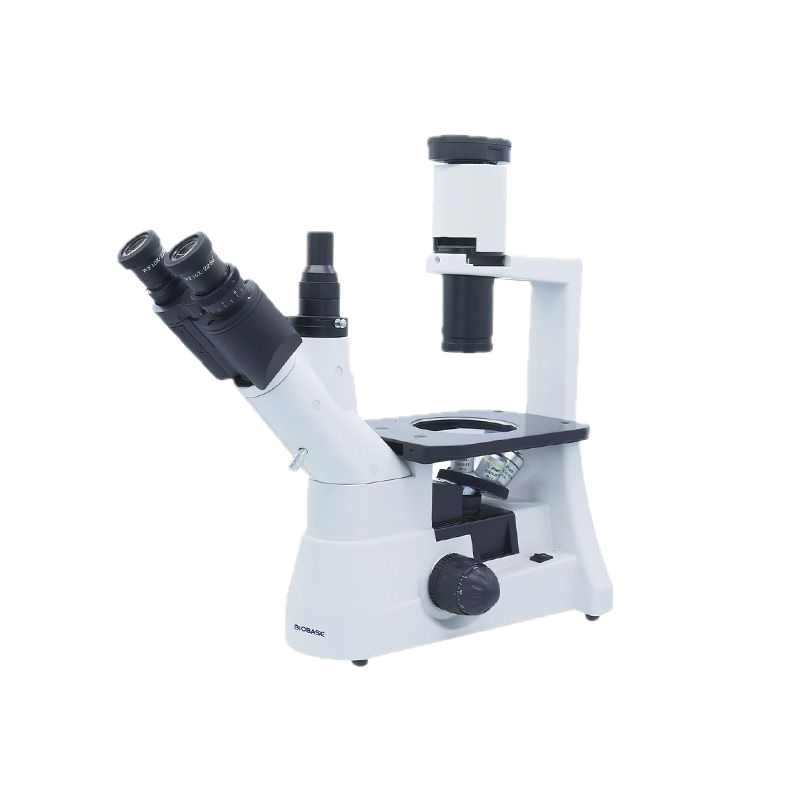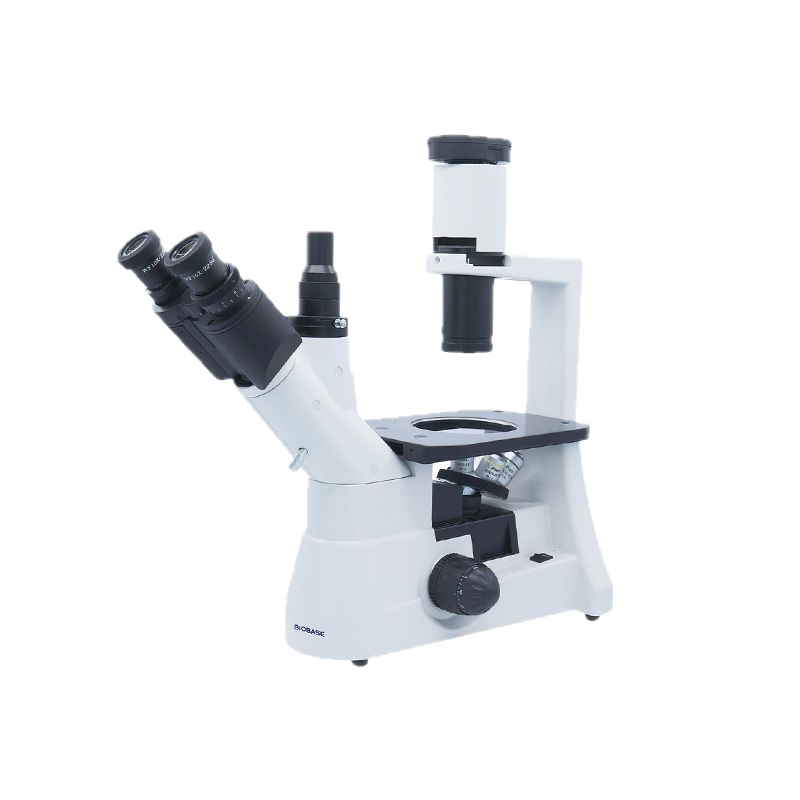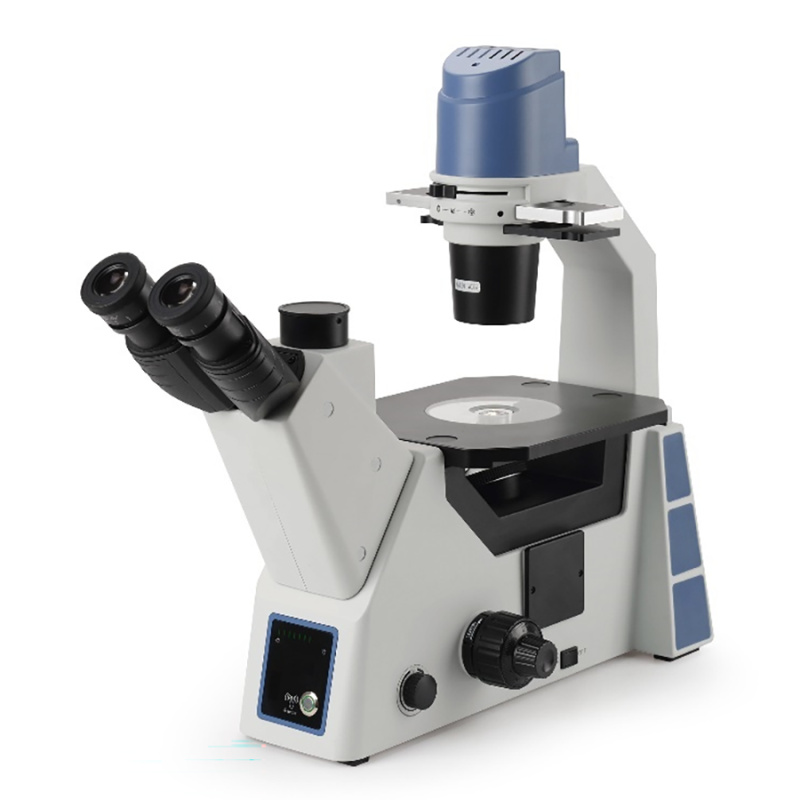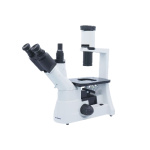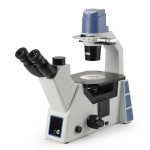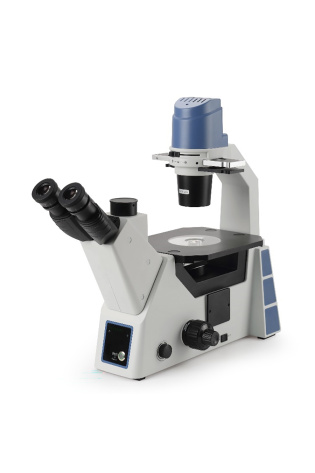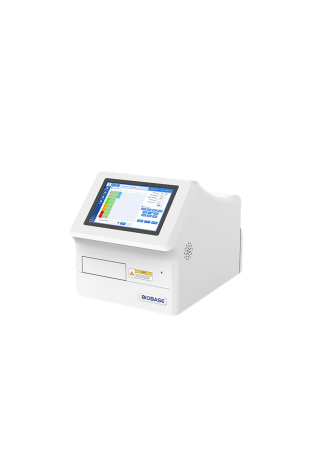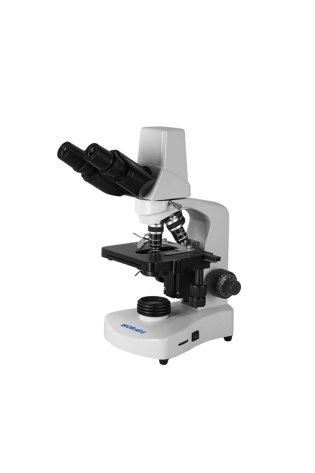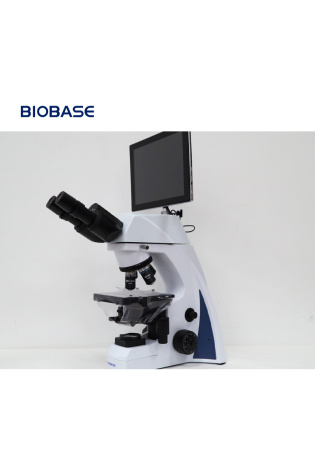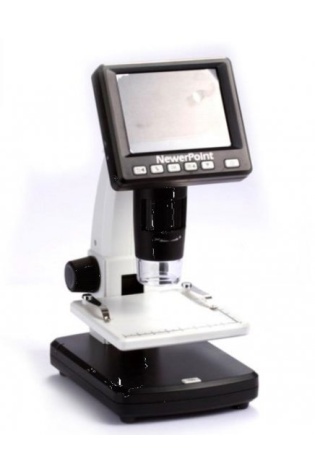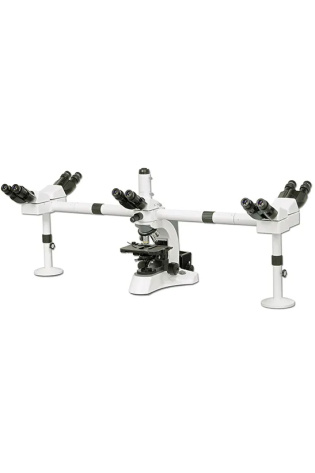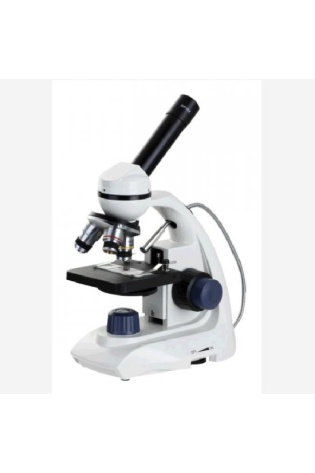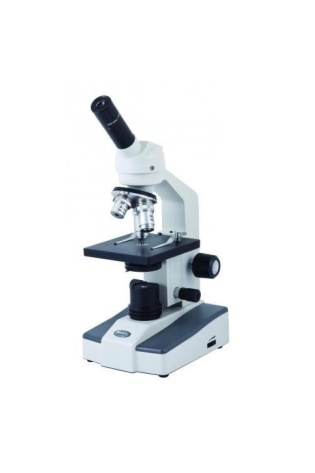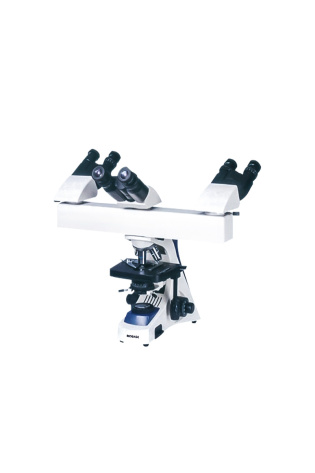Trinocular Inverted Microscope
Inverted Microscope Trinocular
-
- Pros: Allows clear and comfortable observation of live cells in petri dishes or flasks. The trinocular head is excellent for attaching cameras for detailed imaging.
- Cons: More expensive than basic models.
- Pros: Allows clear and comfortable observation of live cells in petri dishes or flasks. The trinocular head is excellent for attaching cameras for detailed imaging.
-
- Pros: Features a long working distance and phase contrast for viewing cellular outlines. Excellent for monitoring cell growth and activity in real-time.
- Cons: Not as rugged as high-end industrial models.
- Pros: Features a long working distance and phase contrast for viewing cellular outlines. Excellent for monitoring cell growth and activity in real-time.
-
- Pros: Includes a phase contrast device and a large working distance, making it perfect for observing living cells in culture and for documentation via photo or video cameras.
- Cons: May not have all the high-end features of some research-grade microscopes.
- Pros: Includes a phase contrast device and a large working distance, making it perfect for observing living cells in culture and for documentation via photo or video cameras.
-
- Pros: Built on a sturdy frame for durability, with a trinocular head for digital camera attachment. It’s ideal for examining large, bulky specimens like metallurgical samples or electronic components.
- Cons: Less flexible for biological applications.
-
- Pros: Offers high-quality optics and crisp images suitable for both laboratory and industrial use. It provides excellent ergonomics and can be configured to meet specific needs.
- Cons: May require specific configurations for specialized tasks.
-
- Pros: Designed for advanced research, capable of capturing images and video for live-cell imaging of cells like cancer cells or studying biological processes.
- Cons: Limited to professional research environments, and not ideal for basic applications.
-
- Pros: Optimized for advanced research applications like patch clamping and brain slice recording.
- Cons: Not suitable for beginners or simple applications.
Trinocular Inverted Microscope
|
Model
|
BMI-37XC
|
BMI-37XE
|
||
|
Optical System
|
Infinite optical system
|
|||
|
View Head
|
Compensation free trinocular head, Inclined at 45°, 360° rotatable, Interpupillary 48~75mm
|
|||
|
Eyepiece
|
WF10X/22mm, P16X/20mm
|
P10X/20mm
|
||
|
Objective
|
Infinite LWD Plan Achromatic Objective
|
4X N.A=0.10 WD=25.00mm
40X N.A=0.60 WD=3.30mm |
10X N.A=0.25 WD=4.27mm
20X N.A=0.40 WD=8.00mm 40X N.A=0.60 WD=3.50mm |
|
|
Infinite LWD Plan Phase Objective
|
10X N.A=0.25 WD=8.10mm
20X N.A=0.40 WD=4.80mm 40X(Optional) |
10X N.A=0.25 WD=4.27mm
20X N.A=0.40 WD=8.00mm(Optional) 40X N.A=0.60 WD=3.50mm(Optional) |
||
|
Focusing
|
Coaxial coarse & fine adjustable system, pinion and rack adjustable, fine division 0.002mm
|
|||
|
Stage
|
242*172mm, glass slide ø110mm, moving range 120*75mm
|
Culture dish plate 1: 86*129.5mm, Ф87.5mm round culture dish is adaptive
Culture dish plate 2: 34*77.5mm, Ф68.5mm round culture dish is adaptive Culture dish plate 3: 57*82mm, Ф60mm round culture dish is adaptive |
||
|
Condenser
|
ELWD Condenser with Iris Diaphragm & Filter, LWD 75mm
|
|||
|
Illumination
|
Halogen lamp 12V/30W, brightness adjustable
|
LED lamp, 9W, brightness adjustable
|
||
|
Power Supply
|
AC85~265V, 50/60Hz
|
|||
|
Package Size
|
655*305*630mm
|
650*430*600mm
|
||
|
Gross Weight
|
14kg
|
16kg
|
||
Trinocular Inverted Microscope
